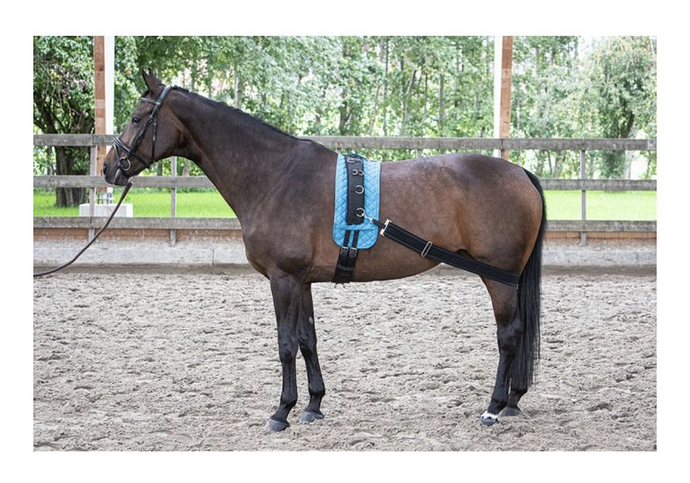You’re right that the resistance is in the “pushing” phase, but I think you’re thinking too much about appearance vs what’s actually happening.
Yes, a horse should reach underneath themselves, but that in and of itself is NOT the end goal. The end goal is that they begin to shift their weight further over their hind end so they can lift their front end up more effectively. But the “lift” doesn’t come from setting their feet further underneath themselves, but rather from the PUSH that the hind end can generate. Stepping underneath without any push from behind results in flat and “shuffly” movement.
I’ll try to give the human equivalent of what I can see happening here. Think about trying to step up onto a big rock or something - about hip level. You can stretch and focus on getting your foot up that high all day long and increasing your range of motion, but that doesn’t really mean much if you lack strong enough glutes to smoothly step up on top of it. Without adequate “rear muscles” you’ll find yourself pitching forward (losing your balance), trying to shift your weight over the rock, probably scrambling a bit, and then maybe even pulling/pushing with your arms to get back to the range of motion you actually have effective strength in. You will be much better served by building the muscle over time with smaller rocks that are perhaps less impressive, but allow you to perform the movement correctly, slowly building your strength, range of motion and all of those smaller supporting muscles together over time.
There’s a reason personal trainers always emphasize form over the actual weight/number of reps you’re doing.




